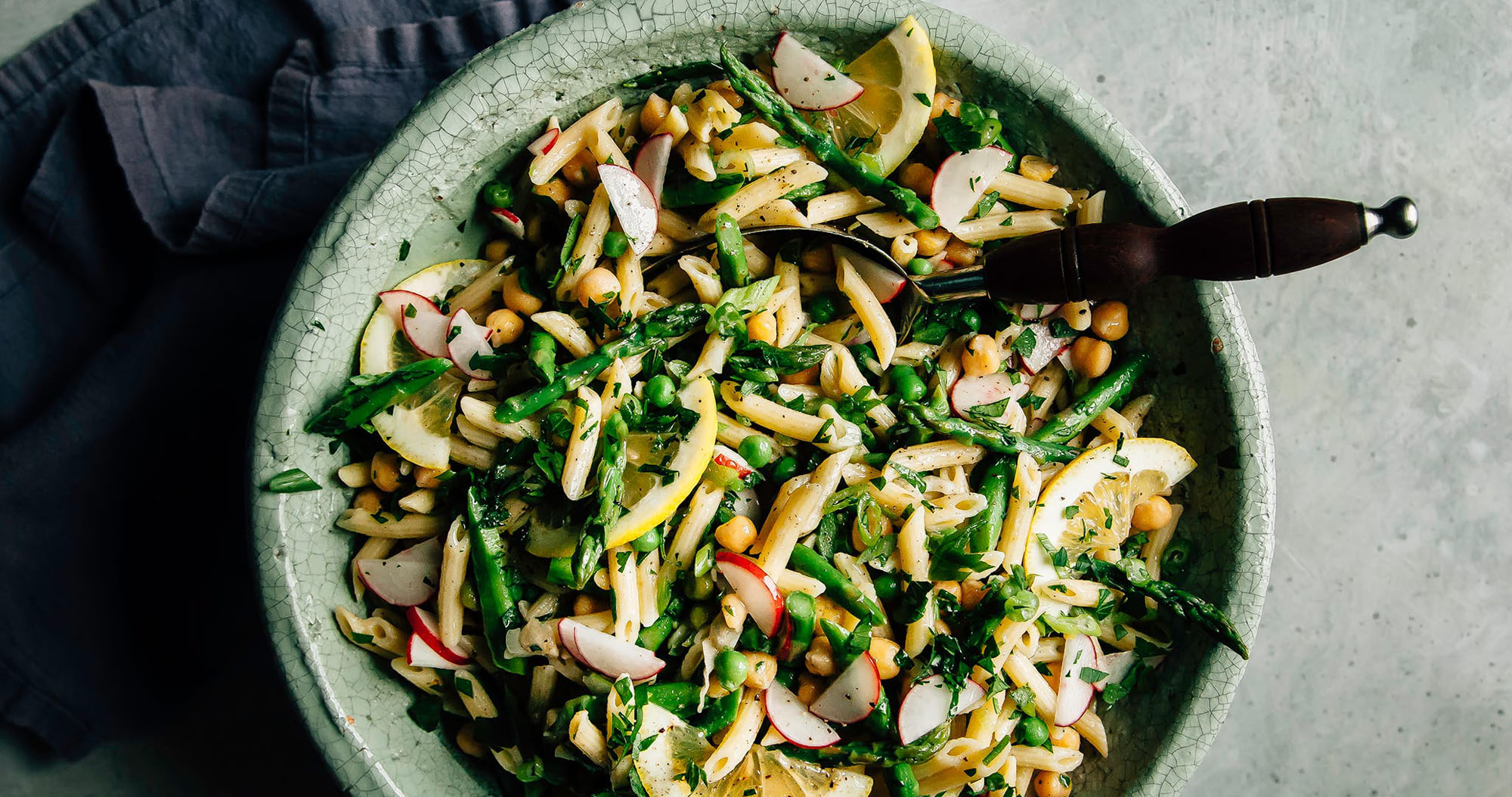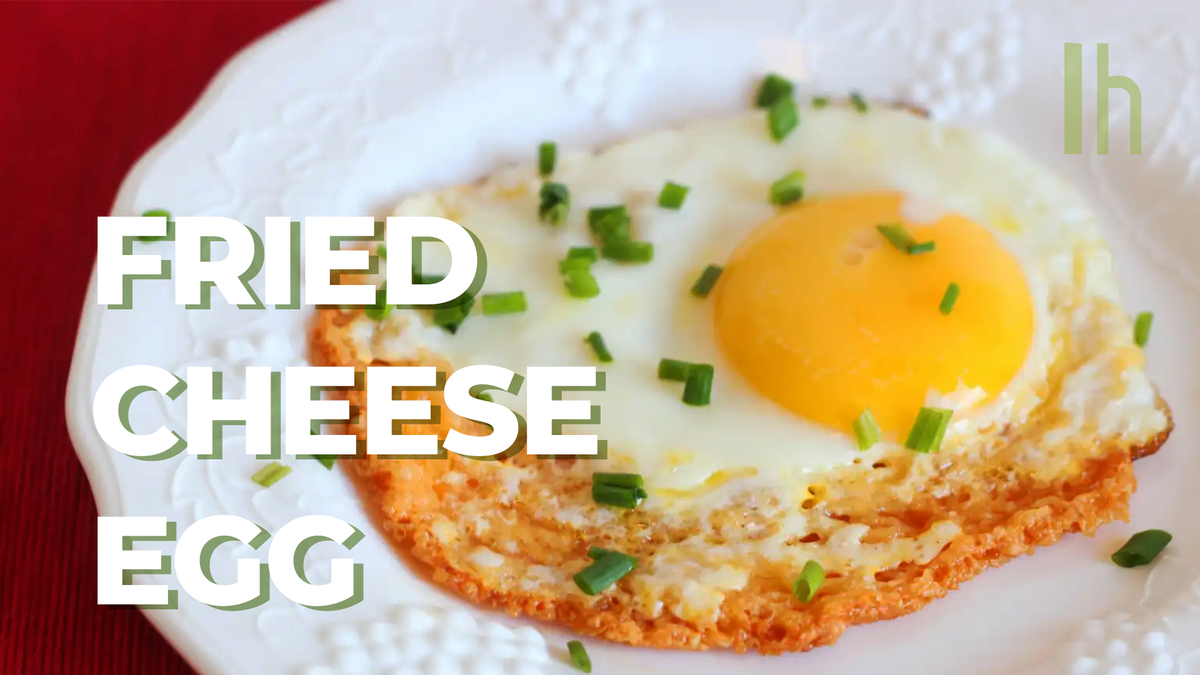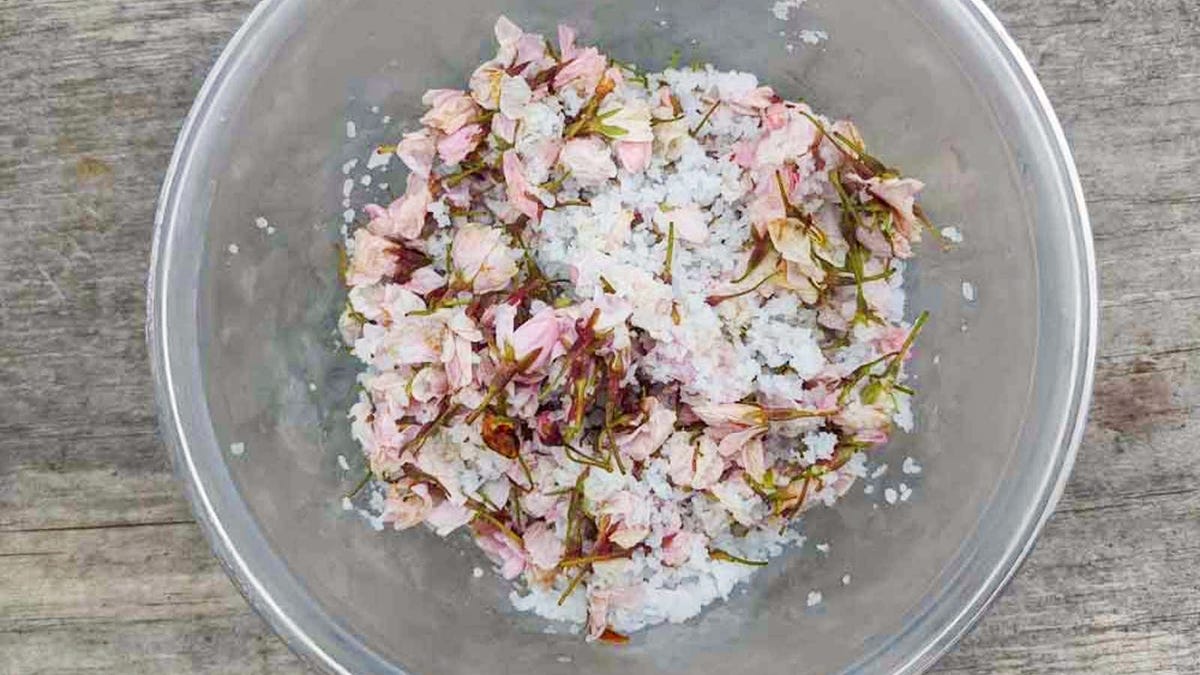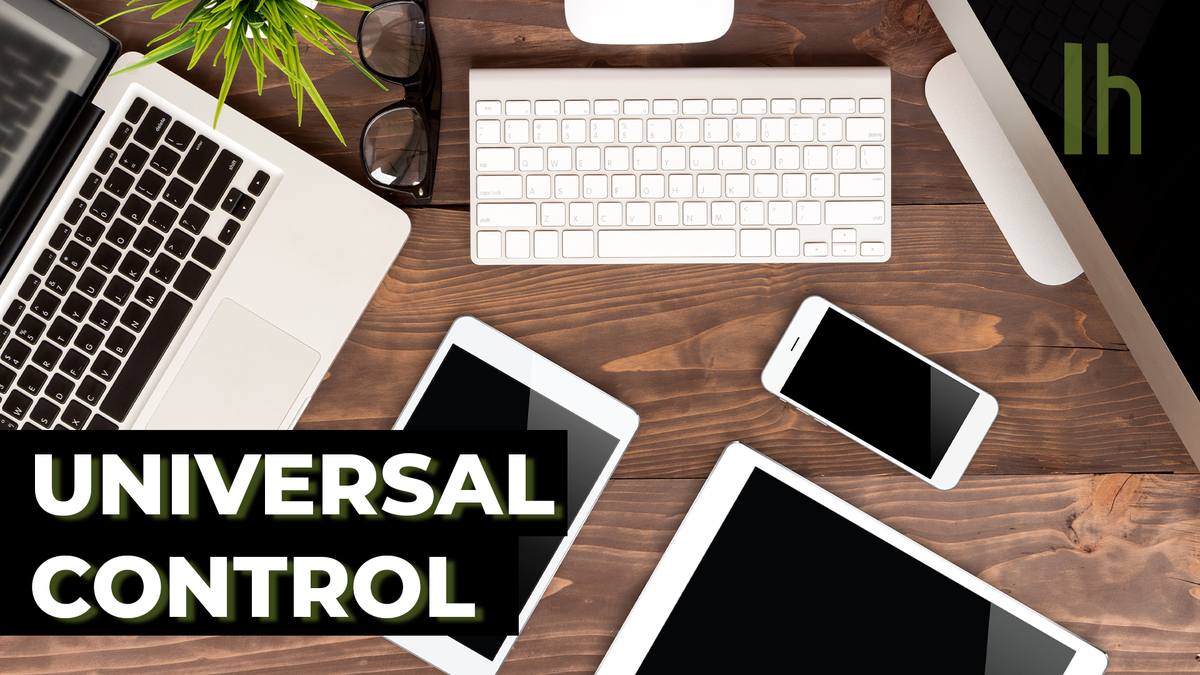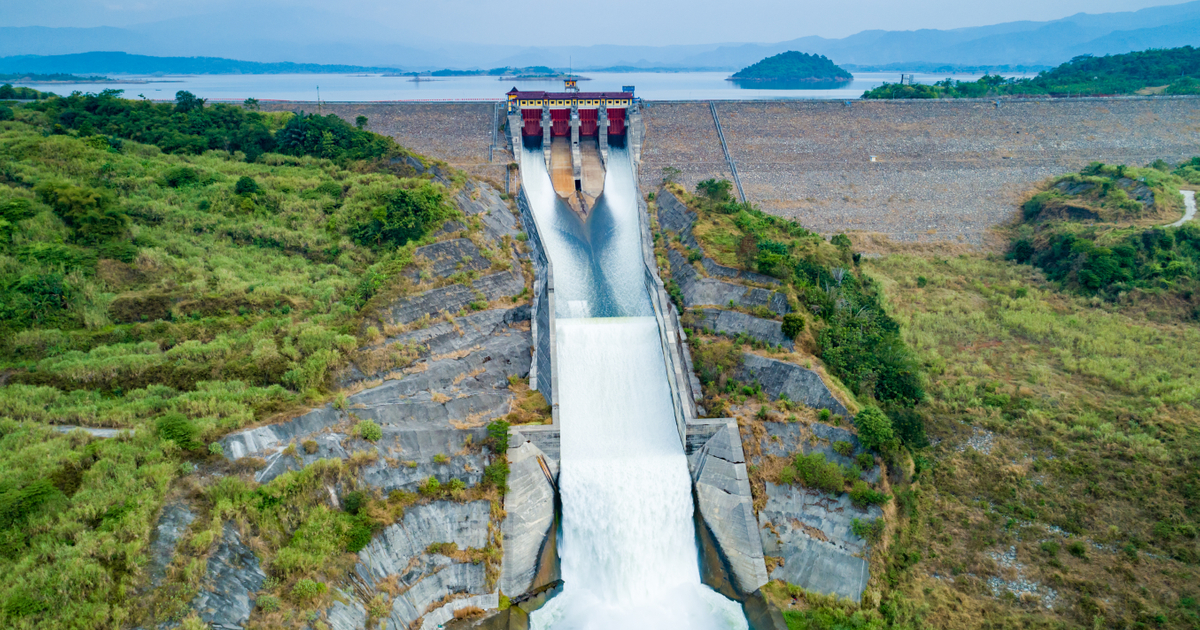You Might Be Using Pie Weights Wrong
I hate baking, especially when pie is the goal. I love to eat it, but I am just not good at making pie crust. If I manage to get the dough into the pie plate free of tears and...

I hate baking, especially when pie is the goal. I love to eat it, but I am just not good at making pie crust. If I manage to get the dough into the pie plate free of tears and holes, it will inevitably shrink and pucker in some way. Luckily, that last pie crust woe is quite fixable. I just need to add more pie weights.
If you are a baking-inclined individual who already knew you were supposed to fill your pie plate to the brim with pie weights, well congratulations, you’re smarter than me (about this one thing, at least). I was, as the millennials say, today years old when I learned that pie weights aren’t just meant to keep your bottom from puffing while baking; they’re there to support the sides as well, and I have The Kitchn and cookbook author Erin McDowell to thank:
According to Erin, the job of pie weights is two-fold: to weigh down the bottom of the crust and to provide support to the sides. Don’t be misled by the small containers of pie weights sold in stores—every time you par bake a pie, you should fill the pie plate all the way to the top edge with weights. This rule holds true no matter what type of pie weights you use, from dried beans to sugar to ceramic weights.
I must say I am relieved to finally have an answer to why my pie crusts shrink down the sides during the blind bake. Even though I have a good grasp on gravity as a concept, I am incapable of applying any amount of reason or science to pie, and I did not consider that the sides needed support. (I don’t even own any pie weights—I use sugar or rice because I’m cheap—but the advice applies no matter what how choose to weigh down your crust.)

 MikeTyes
MikeTyes 








